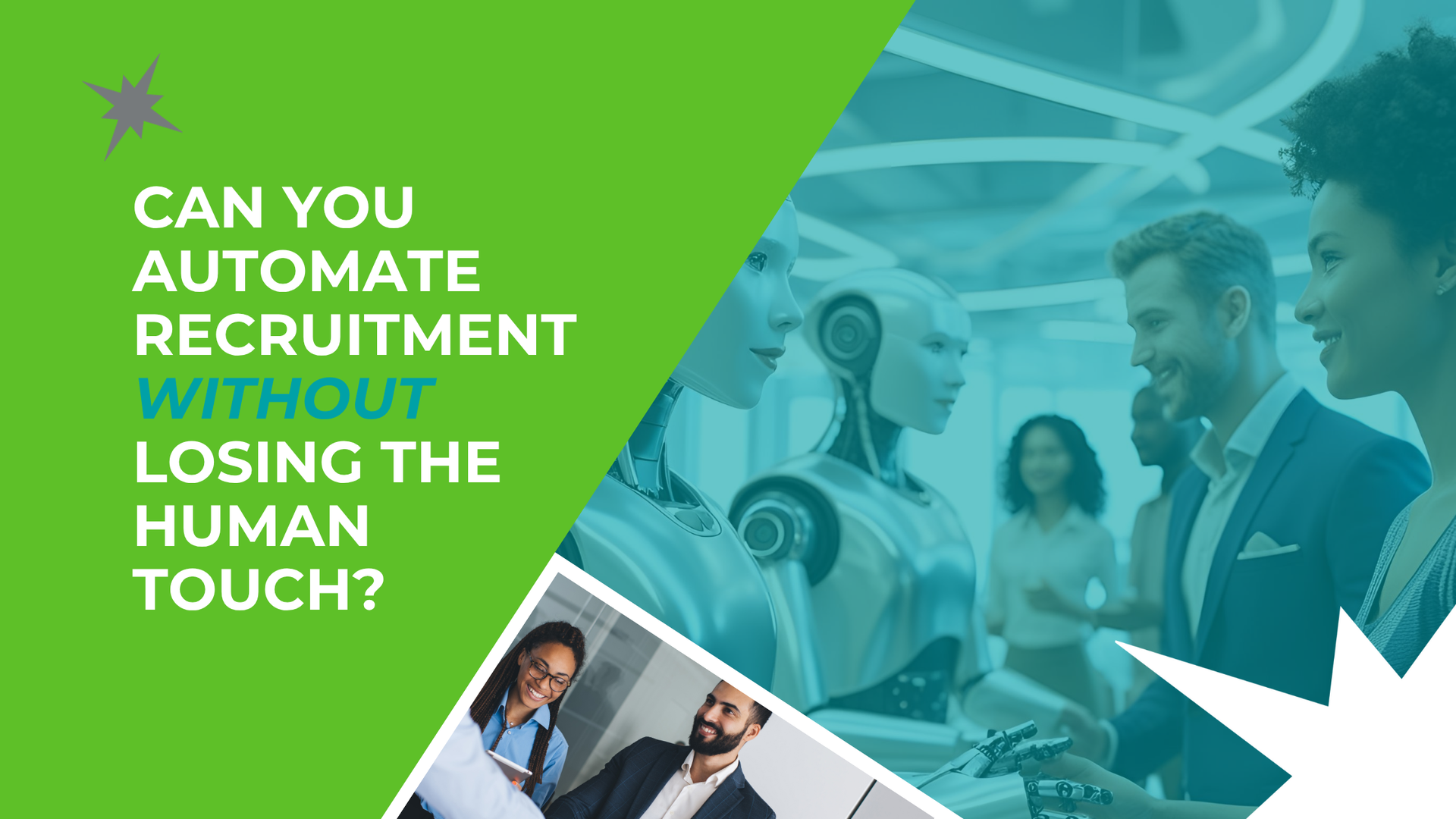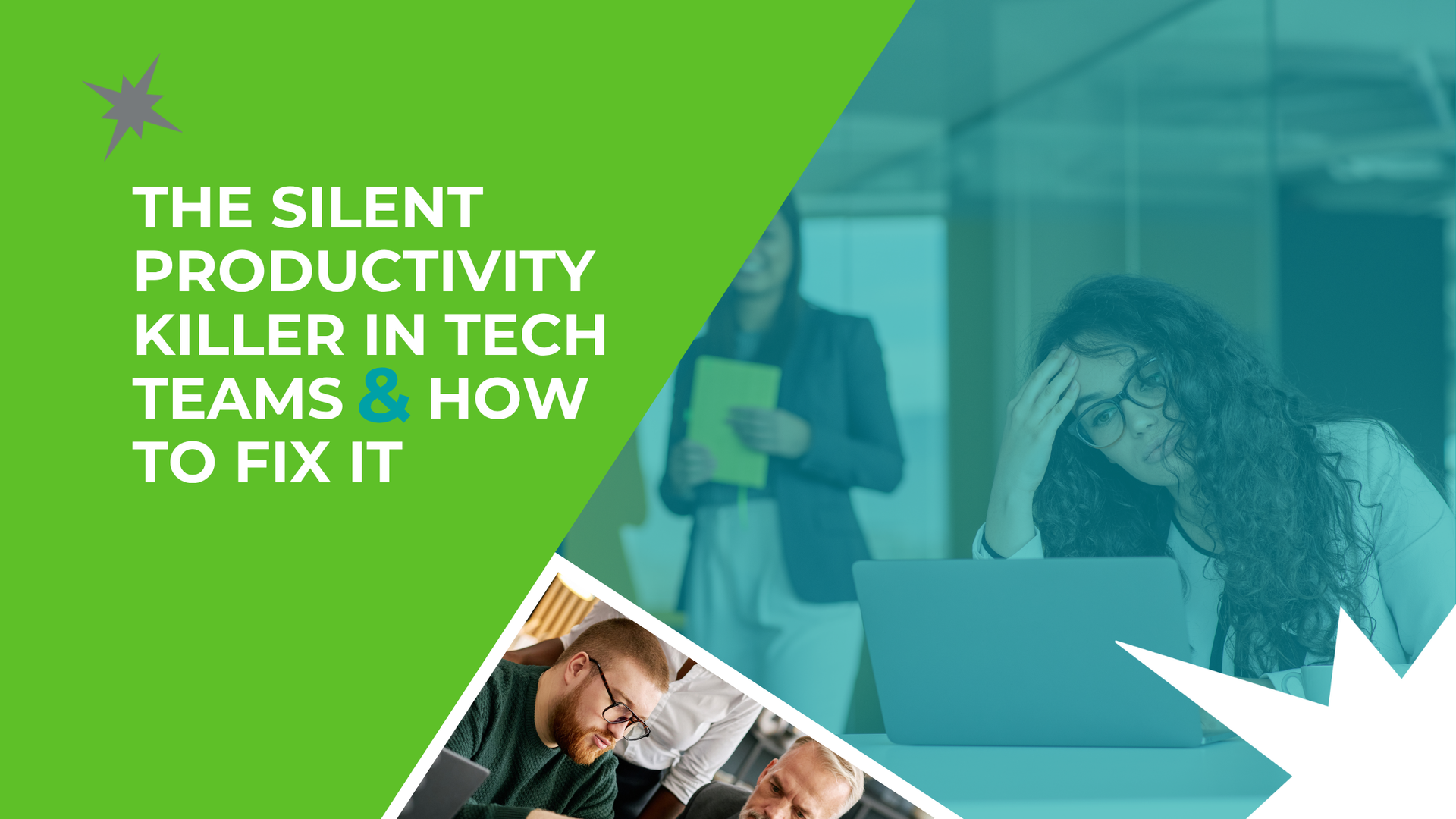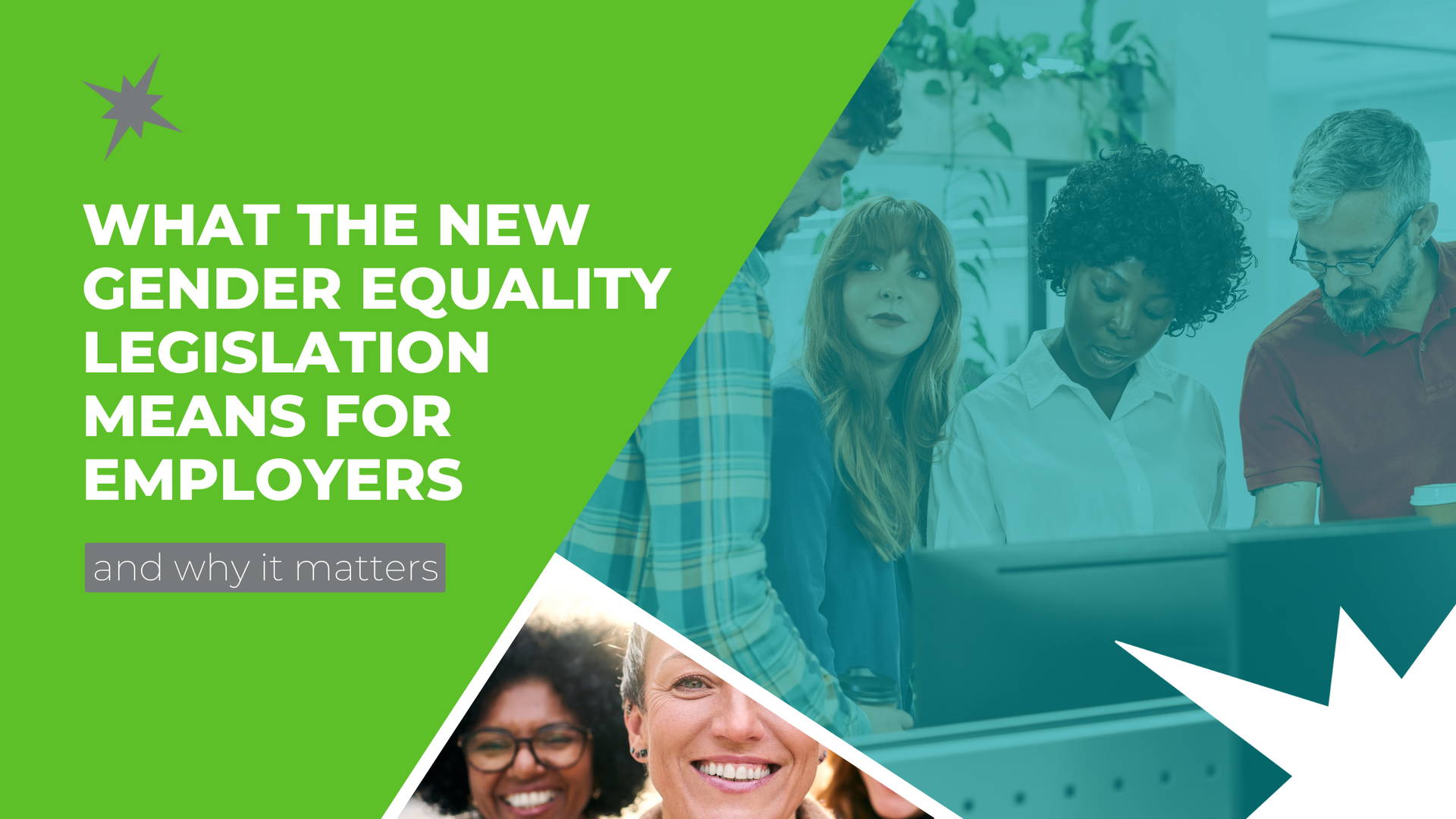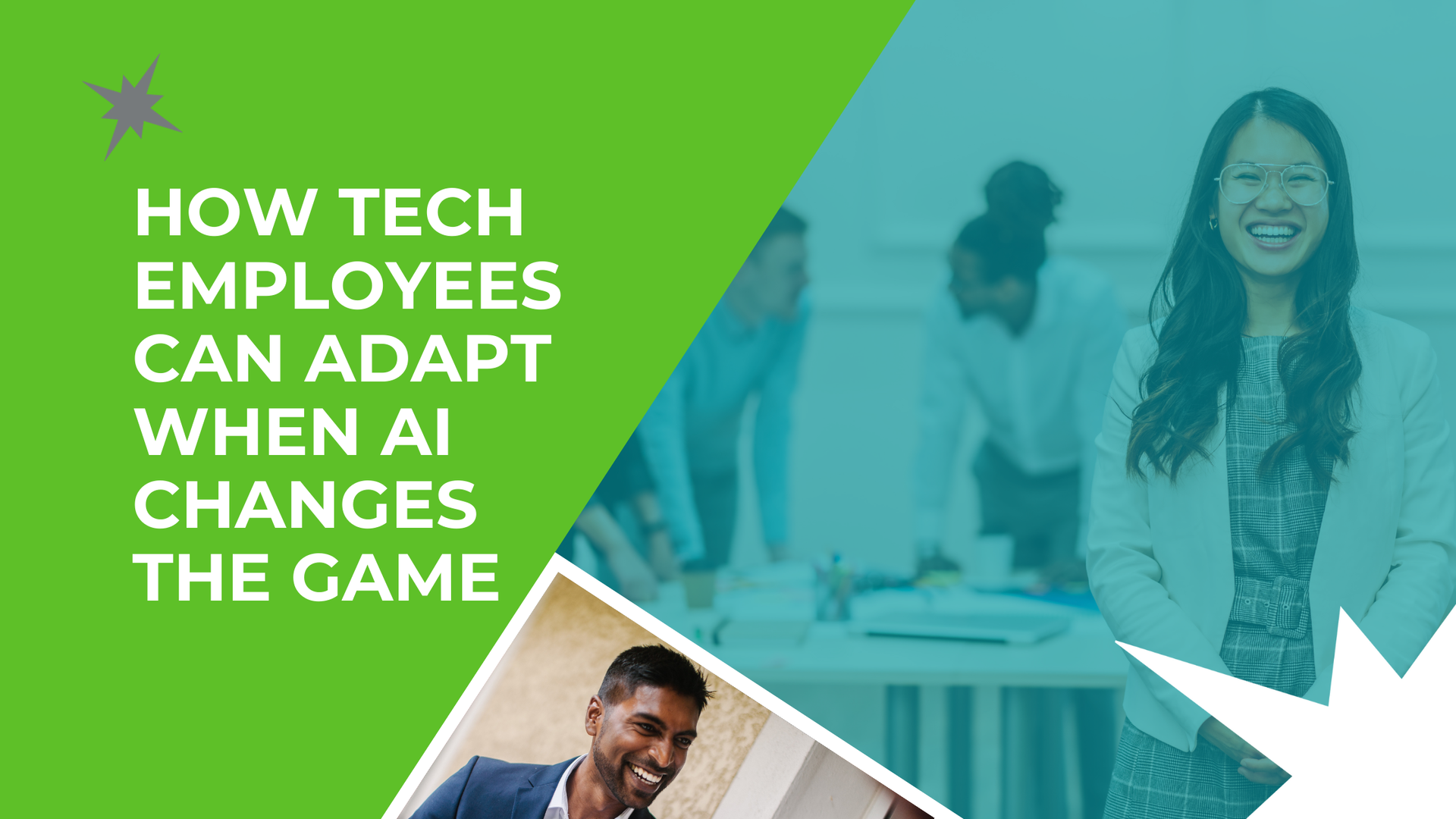News & Insights
< Back to Blogs
What to do When a Candidate Has a Bad Reference

You’ve found a person who meets the criteria of your job description, they have performed well during the interview and have impressed you and your fellow team members. Now it’s time to check their references.
So, what happens when this check comes back negative? How do you reconcile the behaviour, skills and expertise demonstrated throughout the recruitment process with the views of a previous manager?
Here are some questions to ask yourself:
Who is the Source?
When you receive a bad reference check, the first thing to do is consider whether it is coming from a reputable source. Candidates are the ones who choose who they put forward as referees, but sometimes it can be challenging for them to find a reliable person if you mandate the inclusion of a current or most recent manager.
If the person conducting the reference check appears to be acting in an emotional way, it could be a red flag. By emotional, we mean anything that appears to be influenced by anger, jealousy or hurt, as opposed to factual information. This kind of referee may be trying to sabotage your candidate’s new opportunity, or perhaps they just have a personal view of, or bias against, the candidate.
Was There a Specific Incident?
Sometimes referees will make sweeping statements about a candidate’s behaviours, so it’s worth asking them to provide a specific example. You may find that their negative views are based on one specific incident rather than an ongoing issue.
If this is the case, ask what the repercussions were and how the candidate responded. For example, if a candidate was late for work one day and didn’t contact their manager, ask how the issue was raised. This will help you make an educated guess as to the candidate’s reliability – did they apologise, or did the problem keep happening?
Also, find out how long ago these incidents happened and whether it is the behaviour you might expect or forgive from a more junior member of staff. If it happened a long time ago, chances are that your candidate has grown professionally since the incident.
Was the Candidate a Good Cultural Fit?
An organisation’s culture can impact on an employee’s behaviour and, sometimes, their ability to do their job. If a candidate felt like they didn’t fit in, or struggled to get along with their co-workers, their referee may have found them anti-social or “difficult” to work with.
Try to find out more about the business from which they got a bad reference, and compare it to your own. You will likely have already covered cultural fit as part of the hiring process, so by this point, you should have a good feeling about whether your candidate will suit your business. If their referee refers to them as “not fitting in”, it might have been a cultural clash rather than an unwillingness to be a team player.
What Do Others Have to Say?
A single reference check shouldn’t make or break your decision to hire a candidate. You can always talk to other referees, and of course the candidate themselves. They may be able to shed some light on the events or behaviours discussed during the reference checking process. Additionally, other referees should be able to either confirm or dispute the claims of a negative referee.
Finally, you should listen to your gut. Refer back to your interview notes and personal experience with the candidate. Trust your instincts and see whether you have strong feelings about whether or not to offer them the role.
Summary
Reference checks are an effective way to gain additional anecdotal evidence about a candidate and their suitability for a role. However, just because a referee provides negative feedback does not mean the candidate is poor – there are many reasons a referee may have had a negative experience with their ex-employee.
Our advice is to always undertake more than one reference check. That way, you can ask the second referee if they have experienced any of the negative behaviour flagged by the first. Don’t forget to balance both views when making your final decision.
If you’d like further advice about how to deal with a bad reference or you’re looking to discuss your tech recruitment needs, contact our team at Enterprise IT Resources.
Share This Article
Recent Articles

Filter By Category
Subscribe to our News & Advice












